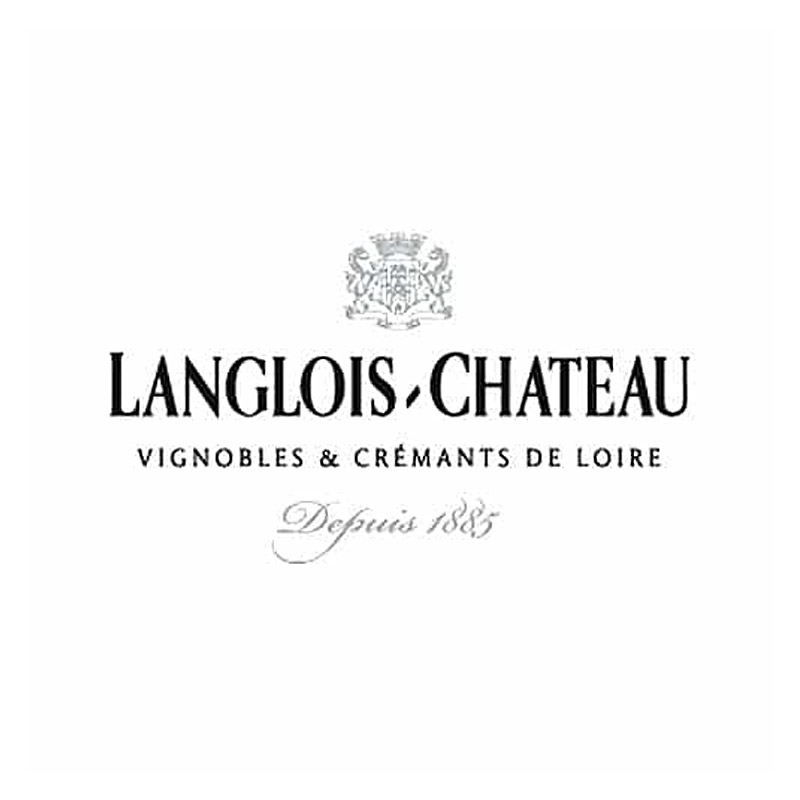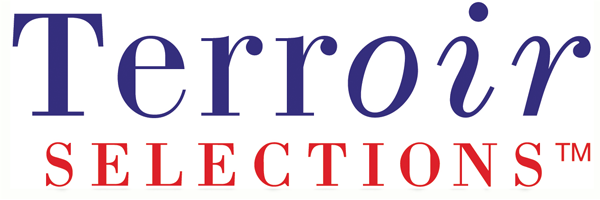Domain Langlois-Chateau
Domaine Langlois Chateau are Samur-based producers of high-quality sparkling wines, within the Appellation Crémants de Loire. Their Cremants are produced with standards far beyond the appellation requirements, even beyond Champagne AOC standards. They are also now notable producers of still wines equally reflective of site. They are entirely Terra Vitis certified (sustainable viticulture), one of the first to make this commitment, and have 30 hectares of vines organically certified.
Family-owned for their entire history, they are now part of Maison Bollinger. All fruit is 100% estate-grown and hand-picked resulting in exceptional sparklings and textural, pristine still whites and reds.

History
Langlois-Chateau began after the marriage of Edouard Langlois and Jeanne Chateau in 1885, who commenced their journey into sparkling wine in 1912. The Domaine has been Crémant specialists in the Loire for more than 120 years.
In 1973, family-owned Maison Bollinger, from Ay-Champagne, acquired majority ownership of Langlois Chateau keeping the tradition of family ownership alive. Today, under the watchful eye of François-Régis de Fougeroux, they not only craft elegant sparkling Crémant de Loire wines but still wines from Sancerre as well.
Cuvées
NV Crémant de Loire Blanc Brut
NV Crémant de Loire Blanc Brut Rosé
Clos Saint Florent Saumur Blanc
Clos Saint Florent Saumur Rouge
Château de Thauvenay Sancerre
Viticulture & Winemaking
Vineyard
Wines are expertly crafted from the mosaic of chalky, silex and truffeau soils offered across Samur to Sancerre. All parcels are hand-picked before vinification, keeping the different varieties and terroirs separate.
The vineyards are estate-owned and managed with high attention to detail and care for the natural environment. With the Terra Vitis certification awarded in 1999, across the Samur and Sancerre vineyards, and an organic certification achieved across 30 hectares of vines, it’s clear that this is a Domaine who makes incredibly thoughtful environmental decisions, for the betterment of grape quality.
In the Saumur-Champigny, there are 11 hectares of vines spread over Silica-Chalky soils in the Les Poyeux, Le Bourg, Les Beaugrands, Saint Vincent areas. In Samur, where the winery is based, they have 15ha in Le Clos Saint Florent above their cellars, and a further 30ha in Montreuil-Bellay & Le Coudray Macouard. These vines mainly sit over chalky and clay soils.
In the surrounds of Château de Thauvenay, chalky soils are planted with 18ha of vines and Château de Fontaine Audon is surrounded by 15ha covering silex flint soils.
Focus is on Chenin for white and sparkling wines in the Samur, and Sauvignon and Cabernet Franc in Sancerre.
Winemaking
Much of the hard work occurs in the vineyard working toward high-quality, healthy grapes. Across each of the cuvées, the house style is to limit pressings and give the wines a prolonged ageing in the cellars, in particular reference to the Cremants. The reputation for being one of the leading Cremant producers in the Loire is well and truly deserved. They have never rested on their laurels and have made considered steps to modernise production if they feel this will enhance wine quality and their ability to shine terroir character into the glass.
For the Crémants, the blending process is key in crafting the desired house style. Grapes are taken solely from six terroirs, considered by the winery as “crus” – the highest quality vineyards. The grapes from each geographic location are processed separately, gently air-bag pressed before being blended and aged for a minimum of 36 months versus the 12-month minimum required by the region. This allows them to produce wine that embodies the fresh, elegant house style of the winery. These are Méthode Champenoise wines of incredible finesse.
Langlois-Chateau regularly invests in state-of-the-art equipment: sorting tables, pneumatic presses, measuring tanks, thermo-regulated vats and barrel cellars. The techniques used are determined by the grapes, considering their characters or specific qualities. Celebrating the grape and terroir remains at the core of each process.
The still wines from the Sancerre vineyards are equally as notable and are benchmarks for the appellation, displaying brightness, intensity, depth and minerality.
